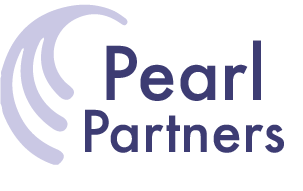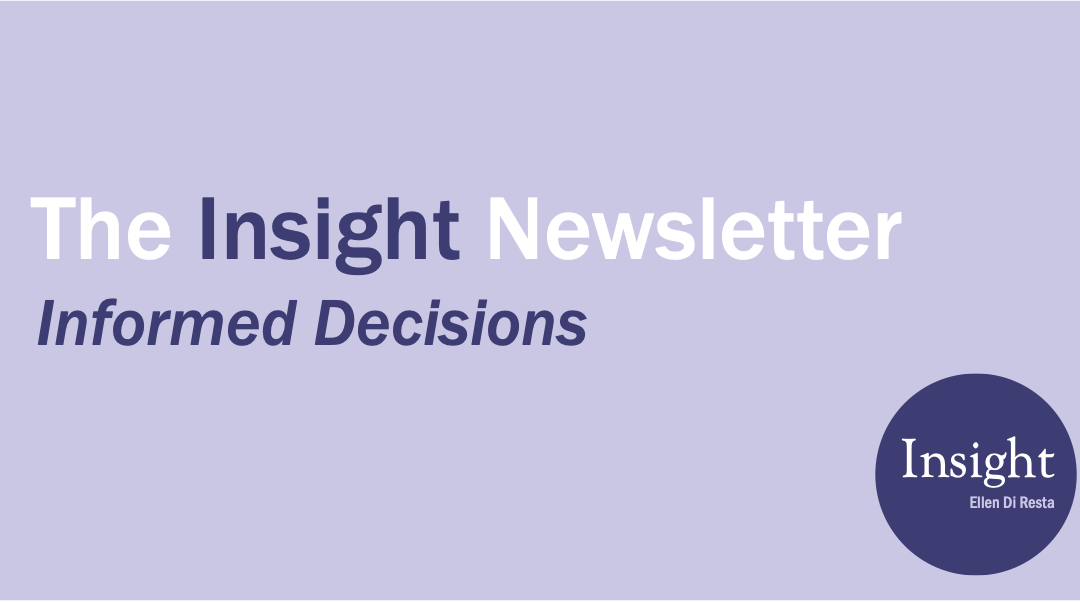“The algorithm indicated Robert McDaniel was more likely than 99.9 percent of Chicago’s population to either be shot or to have a shooting connected to him. That made him dangerous, and top brass at the Chicago PD knew it. So McDaniel had better be on his best behavior.”
Source: Quote from “Heat Listed”, The Verge, May 24, 2021 – Matt Stroud
This quote is from an article about the use of big data for predictive policing. It describes that once the algorithm identified him, the police went to the man’s house and told him that they would be “watching him.” Mental health and social workers accompanied the police, and offered assistance “should he need it.” It should be no surprise that this intervention resulted in a self-fulfilling prophesy.
Using the data as a predictive tool resulted in the assumption that this man’s involvement in a future crime was inevitable. In reality, the data analysis simply projected the likelihood that a crime involving him would happen. It didn’t “predict” anything. It was the decision to use the information as if it was an inevitable prediction that created the self-fulfilling prophecy.
“Predictive analytics” are misnamed. Instead, they should be called “projective analytics” as they can only project the results of past events into the future.
In the article, the algorithm did an excellent job of targeting a potential problem. But an opportunity was missed to create a more productive intervention. The data provided time to proactively create the conditions for a different outcome. Instead, they chose to be prematurely reactive.
This example is not directly about business, but it provides a good example of how data is used in business every day. Big numbers give us a sense of certainty and comfort that we are making the right decision. We know that humans are fallible, so we work hard to avoid our biases. But allowing hard data analysis to dictate our decisions can keep us from creating new opportunities that could be possible if the data was used more wisely.
Algorithms don’t make decisions. Humans do. Data can give us information to help, but data on its own should not dictate a decision.
The field of data analytics and data science is growing by leaps and bounds. Job descriptions for these roles strongly emphasize software and database management skills. These skills ensure that companies are developing competency in data management but may not result in better decision-making. I’m increasingly concerned that companies are missing the opportunity to build competencies that cannot be created by data science alone.
I started this newsletter to highlight the need to rediscover our ability to use insight to guide us to make better business decisions. To that end, I’ve talked about tacit knowledge as a fundamental input to derive insight, and the use of storytelling to transform insight into business goals and actionable guidance to achieve them. These skills need to be cultivated to make good decisions that will ensure that we create entirely new, highly valued experiences.
How are you using data in your company? Is it a starting point, or an end point for decision making? How has this worked out?
Subscribe to this newsletter if you’re interested in the ways we can use insight to be more effective.

